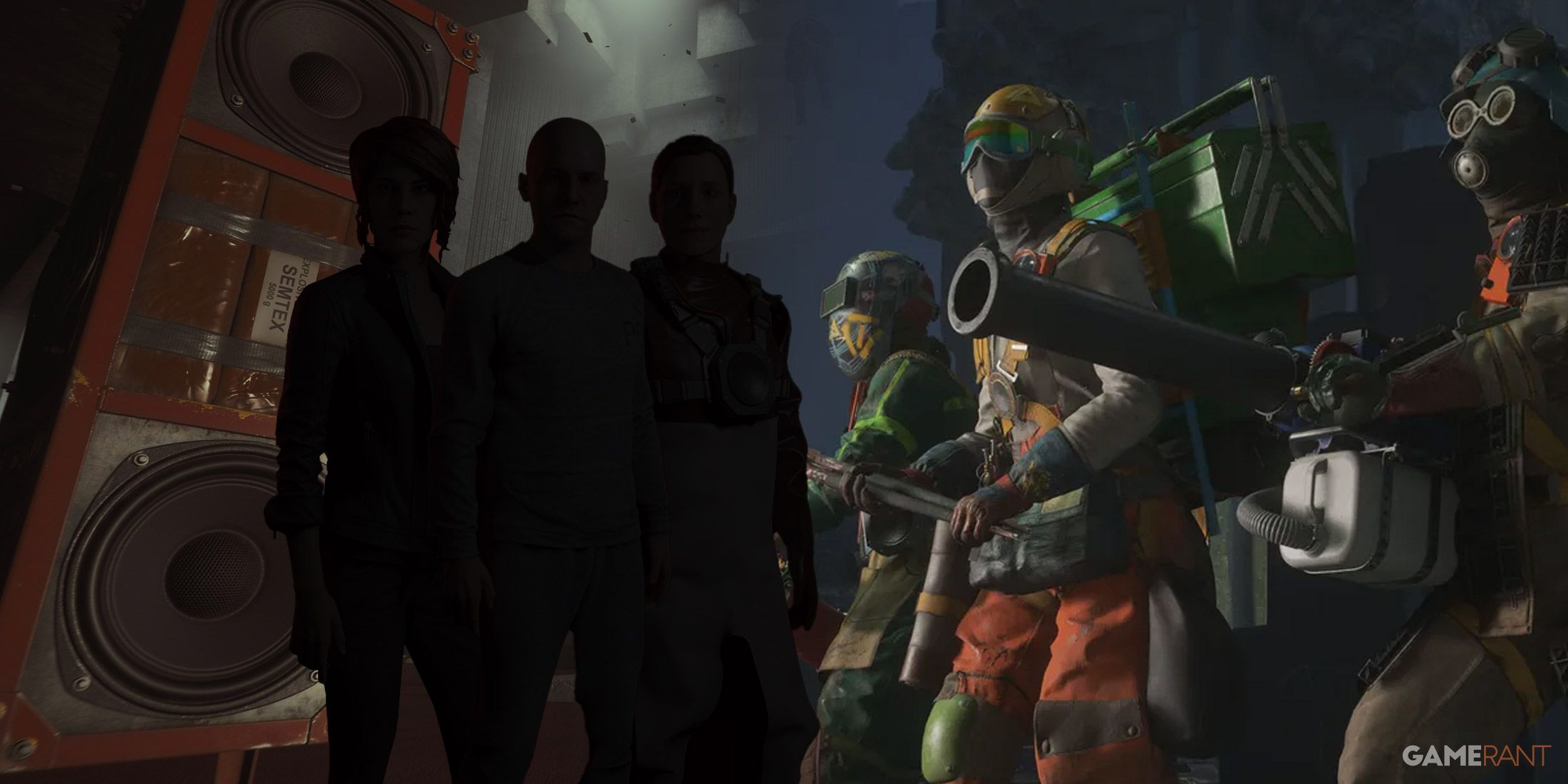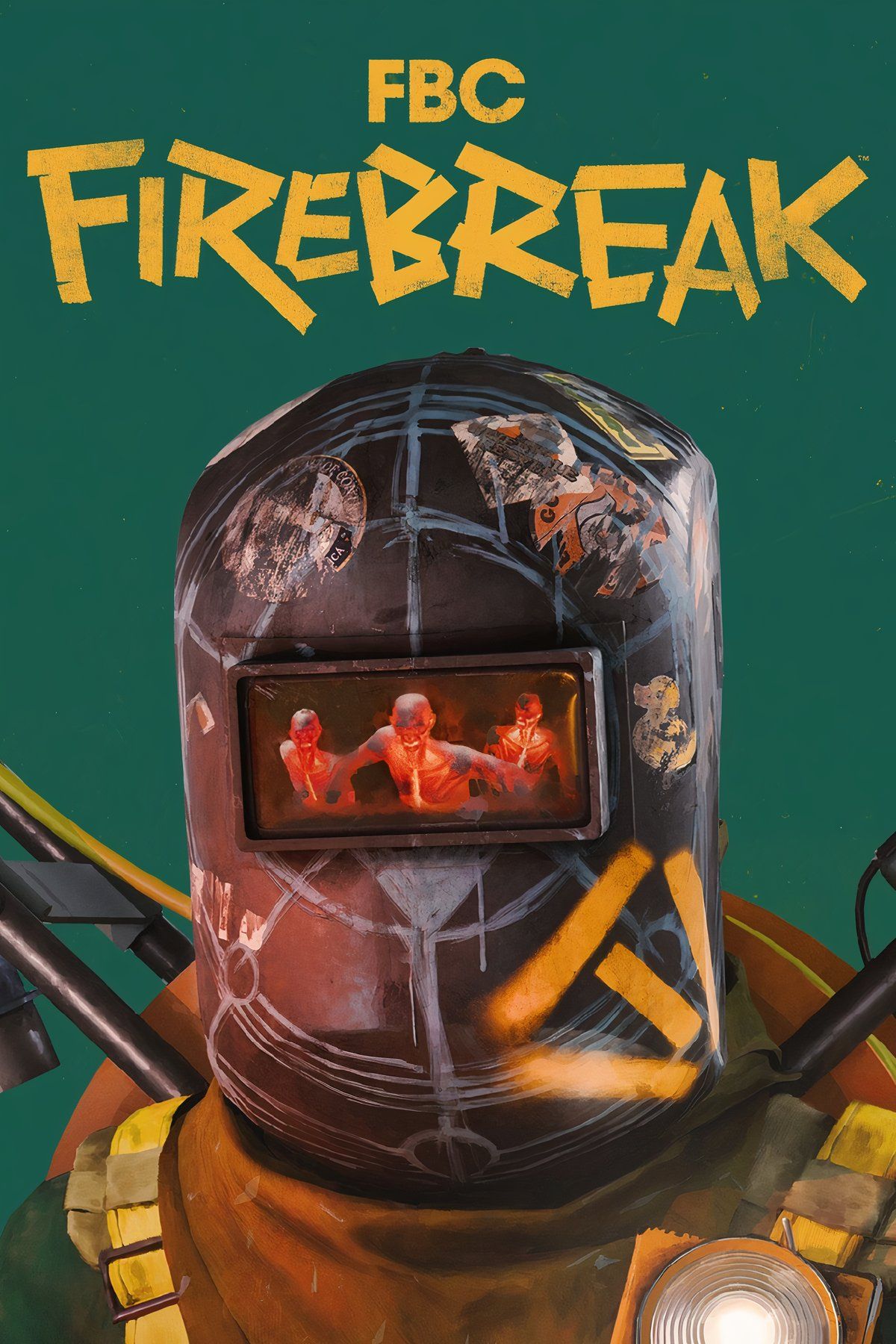Remedy Entertainment has a reputation for making some incredibly unique video games. Control‘s paranaturally powered-up gameplay is unlike any action-adventure game out there, and Alan Wake 2‘s mind-bending horror narrative contains no shortage of novel storytelling approaches. But even these Remedy projects can’t be considered wholly unique, with them both borrowing at least a few elements from popular staples of the genres they were adopting. That’s certainly the case for FBC: Firebreak.
A 3-player co-op shooter, FBC: Firebreak is inherently unique in that it marks a completely new type of project for Remedy. But FBC: Firebreak isn’t shy about borrowing from its contemporaries. It borrows so much, in fact, that it ends up forging its own distinct identity with its cocktail of genres.

Related
Every Control Character Referenced in FBC: Firebreak
FBC: Firebreak doesn’t add a lot of new story content to the Remedy Connected Universe, but it does contain a few references to Control characters.
How FBC: Firebreak Forges a Unique Identity By Borrowing From The Best
FBC: Firebreak Borrows Its World-Building and Tone From Control
First and foremost, FBC: Firebreak takes the meticulous world-building of Control, along with its light horror elements and absurdist humor. While the unique blend of horror and humor is a Remedy staple that gives FBC: Firebreak an amusing tone, Control‘s world-building is used to give Firebreak‘s action a distinct backdrop. The Oldest House is a place where interdimensional threats come and go freely, and Firebreak does a decent job of leaning into that inherently fun premise.
FBC: Firebreak Borrows Its Objectives From Extraction and Horde Shooters
Much of FBC: Firebreak‘s gameplay borrows heavily from contemporary extraction and horde shooters. Most of the game’s objectives revolve around destroying or collecting a certain number of items, and then extracting via an elevator, a loop familiar to those who have played games like Helldivers 2 and Deep Rock Galactic. Along the way, players face off against never-ending hordes of undead-like Hiss, a loop that might remind players of Call of Duty Zombies.
Though FBC: Firebreak‘s gunplay doesn’t feel outstanding, and its objectives aren’t super varied, all these influences come together to form a solid backbone for FBC: Firebreak‘s co-op gameplay loop.
FBC: Firebreak Borrows Status Effects From Survival Games
Another core component of FBC: Firebreak is its use of status effects, which most closely resembles their use in survival games like Rust. In Firebreak, players can burn enemies and be burned themselves, they can become irradiated, and they can be slowed down by frost. They’re not the most unique status effects in gaming, but their implementation adds a nice layer of challenge to FBC: Firebreak‘s moment-to-moment gameplay. That’s especially true on higher difficulties when enemy hordes are stronger and healing in showers can’t be cheesed as much.
The Sum of All These Parts
While FBC: Firebreak borrows from an array of contemporary games, it manages to forge its own distinct identity by drawing from a wide variety of genres, ones that don’t always go together naturally. Remedy’s already-unique blend of humor and horror gives Firebreak an intriguing tone. Control‘s Oldest House setting gives it a fun and creative backdrop. Its extraction and horde shooter elements give it a solid gameplay loop. And its use of status effects adds depth to its challenge. Merging all of these borrowed elements together gives FBC: Firebreak a fairly singular identity.

FBC: Firebreak
- Released
-
June 17, 2025
- ESRB
-
T For Teen // Violence, Blood
- Engine
-
Northlight Engine
- Multiplayer
-
Online Co-Op
- Number of Players
-
1-3

